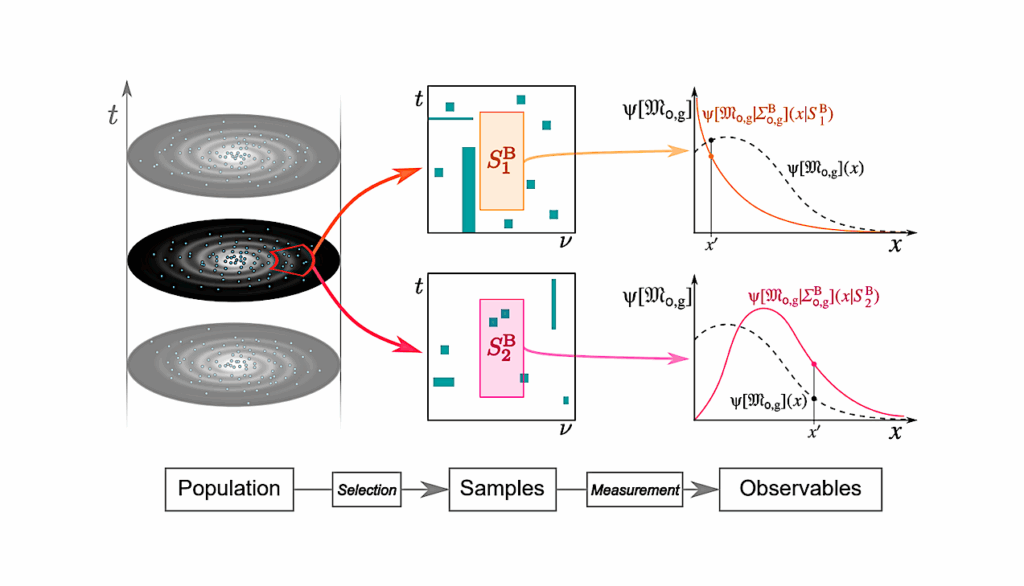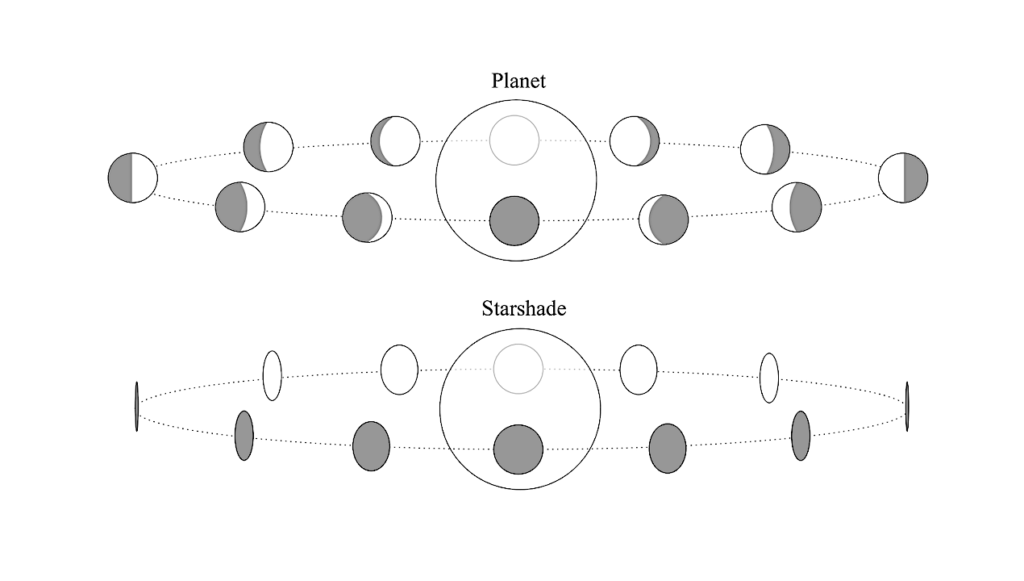One Of Everything: The Breakthrough Listen Exotica Catalog

We present Breakthrough Listen’s “Exotica” Catalog as the centerpiece of our efforts to expand the diversity of targets surveyed in the Search for Extraterrestrial Intelligence (SETI). As motivation, we introduce the concept of survey breadth, the diversity of objects observed during a program.
Several reasons for pursuing a broad program are given, including increasing the chance of a positive result in SETI, commensal astrophysics, and characterizing systematics. The Exotica Catalog is an 865 entry collection of 737 distinct targets intended to include “one of everything” in astronomy. It contains four samples: the Prototype sample, with an archetype of every known major type of non-transient celestial object; the Superlative sample of objects with the most extreme properties; the Anomaly sample of enigmatic targets that are in some way unexplained; and the Control sample with sources not expected to produce positive results.
As far as we are aware, this is the first object list in recent times with the purpose of spanning the breadth of astrophysics. We share it with the community in hopes that it can guide treasury surveys and as a general reference work. Accompanying the catalog is extensive discussion of classification of objects and a new classification system for anomalies. We discuss how we intend to proceed with observations in the catalog, contrast it with our extant Exotica efforts, and suggest similar tactics may be applied to other programs.
Brian C. Lacki, Bryan Brzycki, Steve Croft, Daniel Czech, David DeBoer, Julia DeMarines, Vishal Gajjar, Howard Isaacson, Matt Lebofsky, David H. E. MacMahon, Danny C. Price, Sofia Z. Sheikh, Andrew P. V. Siemion, Jamie Drew, S. Pete Worden
Comments: Submitted to ApJS
Subjects: Instrumentation and Methods for Astrophysics (astro-ph.IM); Popular Physics (physics.pop-ph)
Cite as: arXiv:2006.11304 [astro-ph.IM] (or arXiv:2006.11304v1 [astro-ph.IM] for this version)
Submission history
From: Brian Lacki
[v1] Fri, 19 Jun 2020 18:03:11 UTC (962 KB)
https://arxiv.org/abs/2006.11304
Astrobiology, Astrochemistry, SETI








